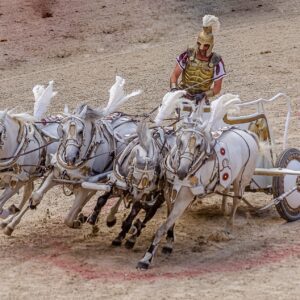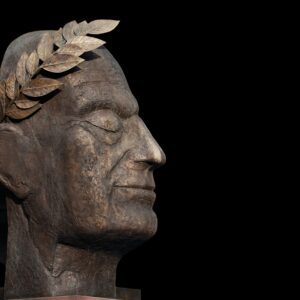In the heart of ancient Rome stands an architectural marvel that has withstood the test of time—the Colosseum. This iconic amphitheater embodies the grandeur and the brutality of a bygone era. Its history echoes with the cheers of spectators, the clashes of swords, and the valor of gladiators.
Tag: Italian Language
Weekday names in Italian
The names of the days of the week have ancient origins that stretch back through history. It all began with the Sumerians, who established the concept of time in months, based on the moon's full cycle around the Earth. The Babylonians took this concept and expanded it into weeks, with seven days each. But why seven days? The Babylonians noticed that seven days approximated the time between different moon phases and matched the number of visible planets in the sky known to humans at the time: the Moon, Mars, Mercury, Jupiter, Venus, Saturn, and the Sun.
Unraveling the Origins: How the Months Got Their Names in Italian Language
As time flows on, we've always had the inclination to name its passing. We frequently use the names of months, but have you ever wondered about the meanings behind these names and the individuals who assigned them? Look no further than the Romans for the origins.
Italian hands language
When one thinks of Italy, the initial mental images typically include pizza, pasta, a rich tapestry of art and culture, and, of course, the expressive manner in which Italians communicate. It's impossible to discuss the Italian language without acknowledging the intertwined culture of hand gestures that accompanies it.
Italian language: Why Study It
Italian is a Romance language based on the fourteenth-century idiom used in the city of Florence. The official language spoken today in the Italian Republic and in the Canton of Ticino in Switzerland is based on the Florentine literary used by the great writers Dante, Petrarca and Boccaccio.
Pasta – All the true
Let's set the record straight from the beginning: the invention of pasta cannot be credited to the Chinese, and it did not find its way to Italians through Marco Polo. Instead, its origins can be traced back to Arab Sicily, from where it gradually spread throughout Italy, making notable stops in Naples and Genoa. This is the intriguing tale behind the dish that symbolizes Italian cuisine.
- 1
- 2






